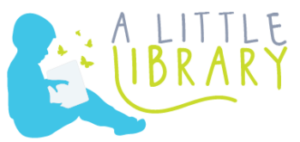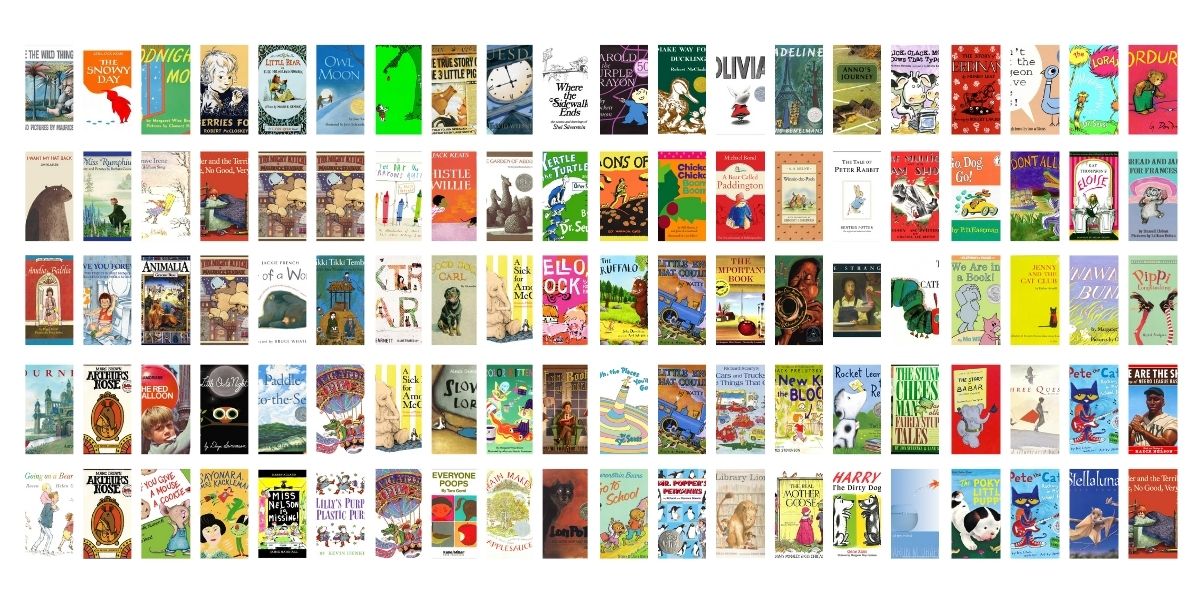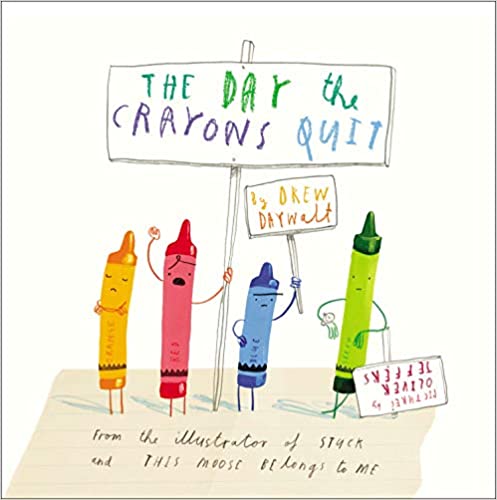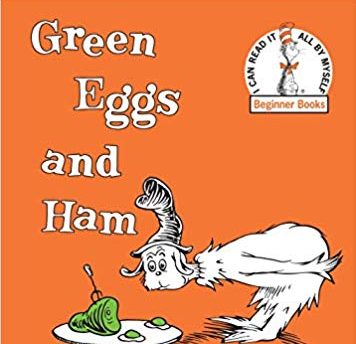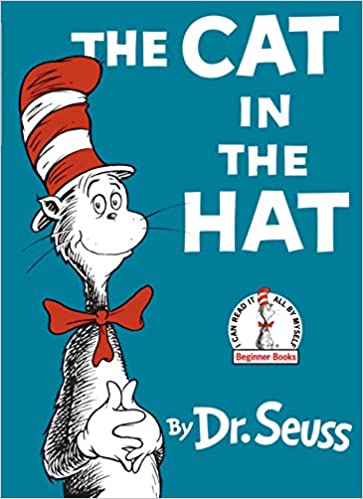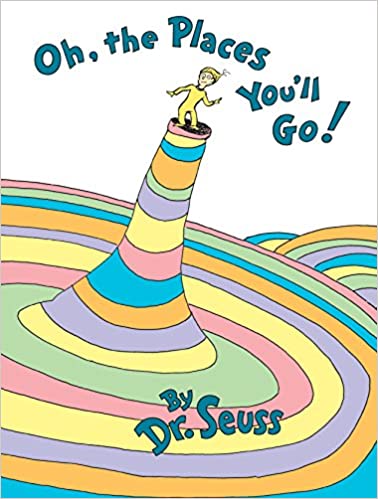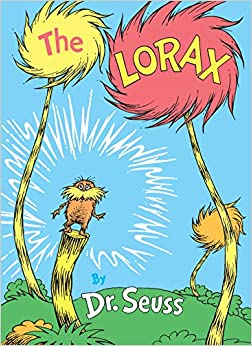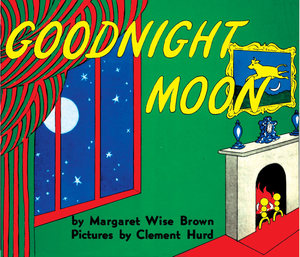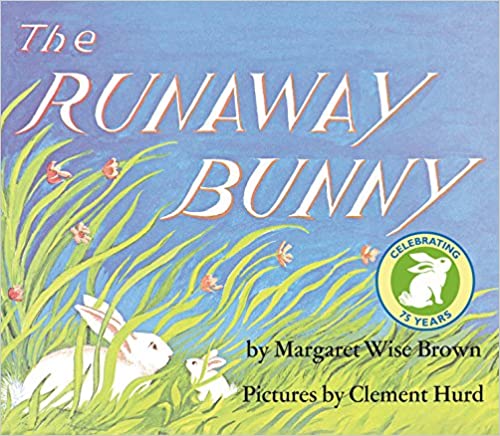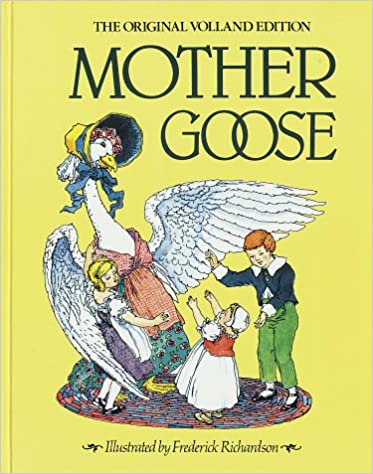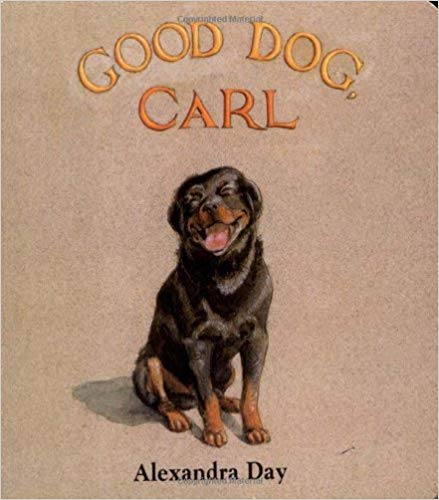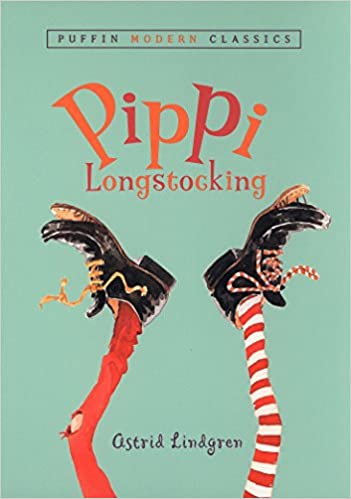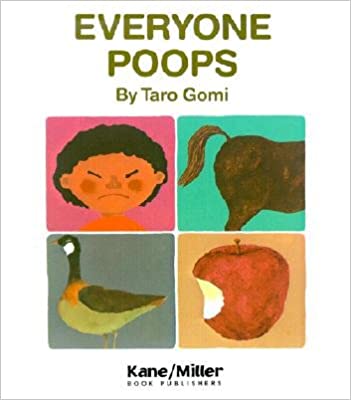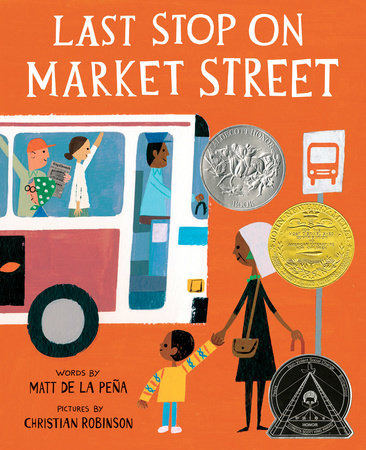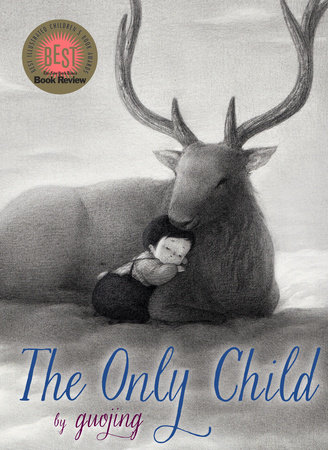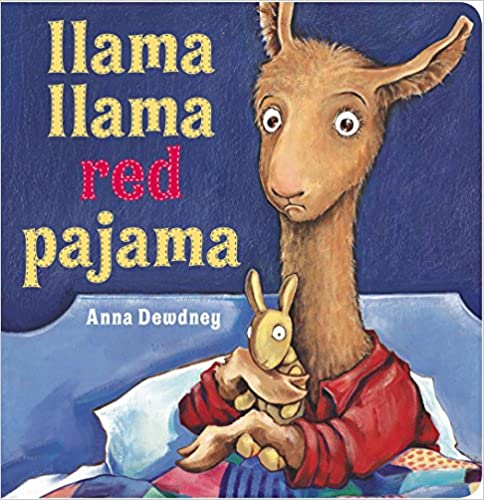A basic survey of children’s book trends throughout the past century with data based on TIME Magazine’s 100 Best Children’s Books list.
Out of the many, many “best of” book lists out there, TIME 100 remains one of my favorite lists to refer to when finding quality books for children.
TIME Magazine’s 100 Best Children’s Books list was created by TIME Magazine to honor the best books for children. TIME consulted with industry professionals, writers, historians, and booksellers to help gather 100 outstanding children’s reads. The magazine is known for well-curated lists, and this one is no exception. It features some of the best children’s books from the 20th century on. The books chosen are enlightening and entertaining, and fun reads for both kids and adults alike.
The books included are in no particular order and are aimed towards children ages 3-11. The most prevalent books are picture books, with several chapter books thrown in.
Since this list covers the past century and is well rounded and trustworthy, I thought it would be interesting to analyze the list to get an overview of the demographics and statistics surrounding children’s books and their creators. This information gives a peek inside popular children’s books of the past century and provides insight into the authors, the time range in which they were chosen, awards won, categorization of the main characters, and more.
Analysis
Timeline
The oldest book included in this list is The Tale of Peter Rabbit, first publicly published in 1902. The three most recent books were all published in 2013: Journey, Little Owl’s Night, The Day the Crayons Quit, and The New Kid on the Block.
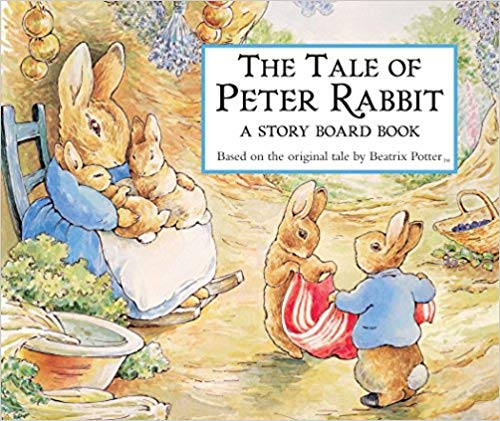
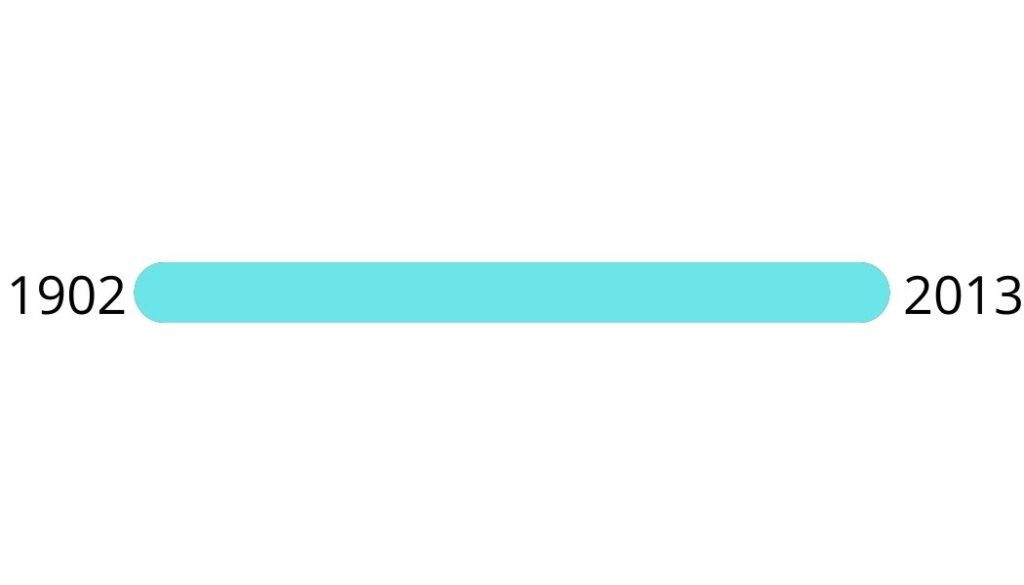
1960 was the peak decade for children’s books with 15 out of 100 chosen from that decade. 1980 was close behind with 14 books. The early part of the last century had the least amount with one each for 1900 and 1910 and two books from the 1920s.
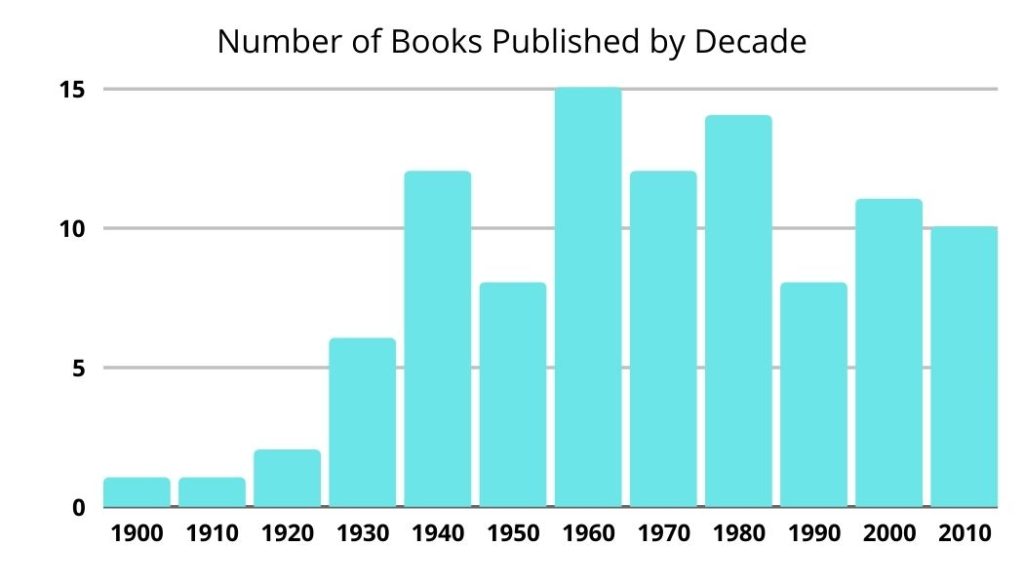
Caldecott, Newberry, and other Award Winners
The Caldecott Award is the leading prize in picture books, so it’s not a surprise that 22% of books on the list were either Caldecott award or honor winners, while three books won the Newberry honor for the most distinguished contribution to children’s literature.
While the Caldecott and Newberry are the most predominant, there are many other award-winning books including I Want My Hat Back, which won the Geisel Honor Award for best book for beginning readers in 2012, Animalia, which was designated by the Children’s Book Council of Australia as a 1987 Picture Book of the Year Honour Book, and numerous other award-winning books. While the book itself did not win an award, the author of Anno’s Journey, Mitsumasa Anno, won the international Hans Christian Andersen Medal for his lasting contribution to children’s literature.
Popularity
ListChallenges.com provides a survey for participants to count how many books from the TIME 100 list they have read. According to over 6,000 survey participants, The Cat in the Hat was the most popular with over 90% of survey takers having read it. Sayonara, Mrs. Kackleman was the least-read book with less than 5% of survey participants claiming to have read it.
Authors and Illustrators
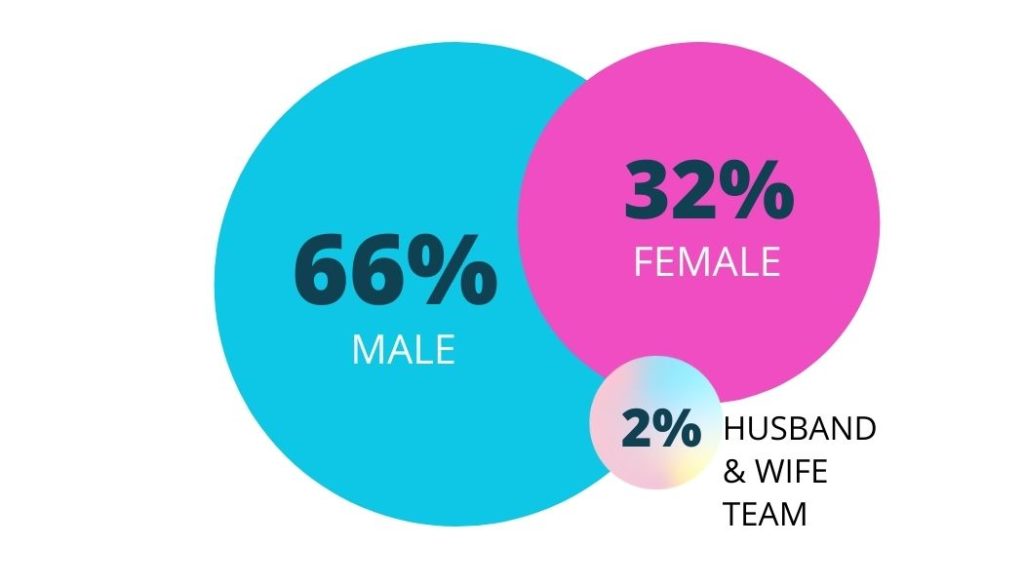
Of the books on the list, 66% were penned by men, while 32% were written by women. Two books were written by married couples: The Berenstain Bears series by Stan and Jan Berenstain and Mr. Popper’s Penguins by Richard and Florence Atwater.
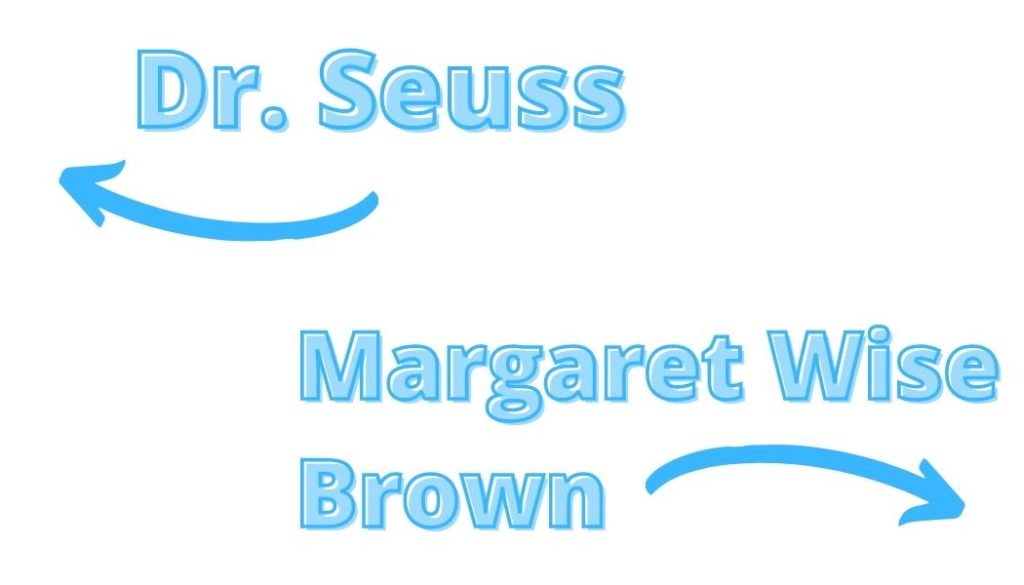
11 authors are featured on the list multiple times with Dr. Seuss leading the way with five books. Margaret Wise Brown follows close behind with four, and the remaining nine authors each contributing two books.
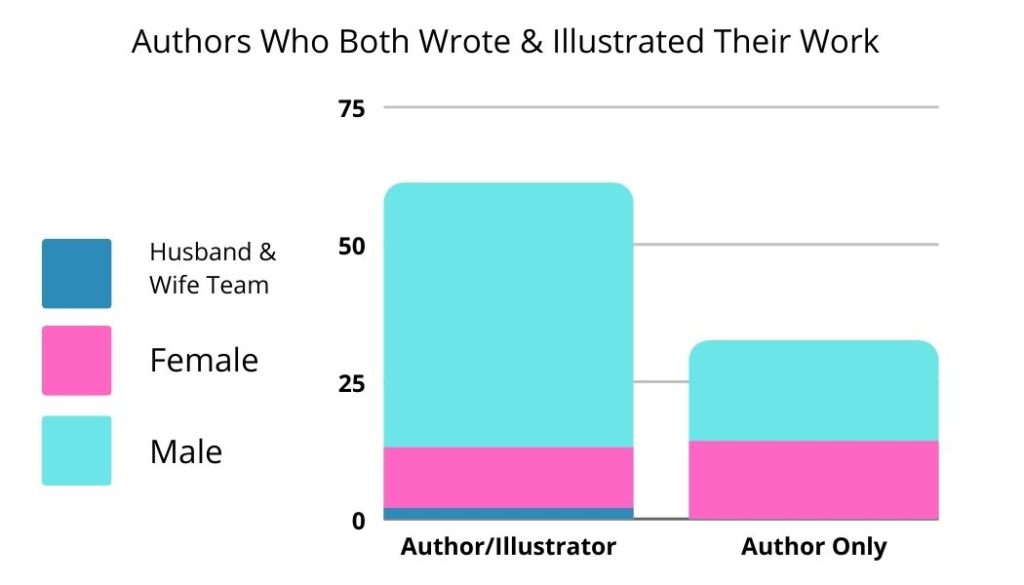
61% of authors both wrote and illustrated their books, as opposed to 39% of authors whose books were illustrated by a separate artist. Of that 61%, men were overwhelmingly more likely to both write and illustrate their books at 48 books, while only 11 were both written and illustrated by women. The remaining two were both written and illustrated by a husband/wife team.
Main Characters

Overwhelmingly, the main character of the book was an animal at 43%. (How many animal protagonists do you see in adult books?)
18% of books featured human boy characters, while 9% were human girls.
There are six books that have a grown man as the main character and only two books that feature grown women (Amelia Bedelia and Miss Rumphius).
The remaining 22% of books had a main character that could not be categorized with gender or human/non-human descriptors. For example, the main character from The Day the Crayons Quit are – you guessed it – crayons. The main characters in Chicka Chicka Boom Boom are upper and lower case letters. Some books feature cars or machinery like Katy and the Big Snow and The Little Engine that Could.
The five poetry collections on this list are also characterized as miscellaneous because they feature multiple stories with multiple protagonists.
Several other books fall into this category because they do not have one clear protagonist; there are multiple protagonists in books such as We’re Going on A Bear Hunt, and Miss Nelson is Missing, OR the main character is implied to be the reader themselves, like Oh, The Places You’ll Go and Press Here.
Female authors were more likely to feature an animal protagonist, with 47% of books written by women featuring animals. Male authors had 39%.
Out of the 66 books written by male authors, only four books featured a girl main character: Brave Irene, Journey, Lon Po Po, and Madeline.
Miscellaneous
Out of the 100 books, four are wordless books using only illustrations to tell the story. You can read more about wordless picture books here.
Three books were translated to English from their original language: Pippi Longstocking is Swedish, Babar is French, and Everyone Poops is translated from Japanese.
A quarter of the books are part of a series of books, the most notable being Winnie the Pooh, The Berenstain Bears, and A Tale of Peter Rabbit.
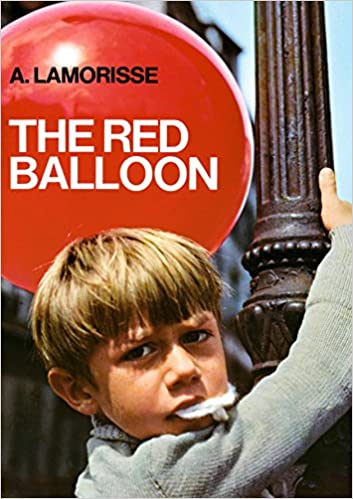
Half of the books were developed into movies, TV shows, or Christmas specials. And while most movie/book combos originally start out as books, The Red Balloon is based on the 1956 Academy Award-winning short film of the same name. The Red Balloon is also the only book on this list to use photographs as illustrations.
Conclusion
With so many wonderful books coming out each year, it makes you wonder if TIME will release a new list anytime soon. (Note: the TIME website does not provide the publication date for their list, so I’m unsure of when the list came out originally. I would assume sometime after 2013 as that’s when the last book on the list was published. I did reach out by email to determine a date but have not yet heard back.)
If an update is coming I look forward to what books might be added. If I could offer a suggestion, I would recommend The Last Stop on Market Street (2015), The Only Child (2015), and Du Iz Tak? (2016, and told entirely in gibberish!).
If you are a list fan, I also recommend reading NPR’s 100 Best Children’s Books. NPR’s list was published in 2020, and while there is some overlap with the TIME 100 list, there are many wonderful additions as well.
Booklists can tell us a lot about book trends within a culture. I appreciate TIME Magazine for the time and effort they put into creating this list. For more info on the TIME 100 Best Children’s Books list, you can read about my favorite books here, or, check out the original list on their website.
https://www.pinterest.com/pin/130674826678250093/The Best Cookbooks for Young Kids
My First Cookbook – It came with accessories! I’ve been wanting…
Llama Llama Red Pajama: More Than Just a Bedtime Story
Llama Llama Red Pajama by Anne Dewdney tells the story of Baby Llama’s bedtime and…
The All-Time Best Books for a New Big Sister
It’s finally starting to feel like fall in Florida. And by that, I mean temperatures…
